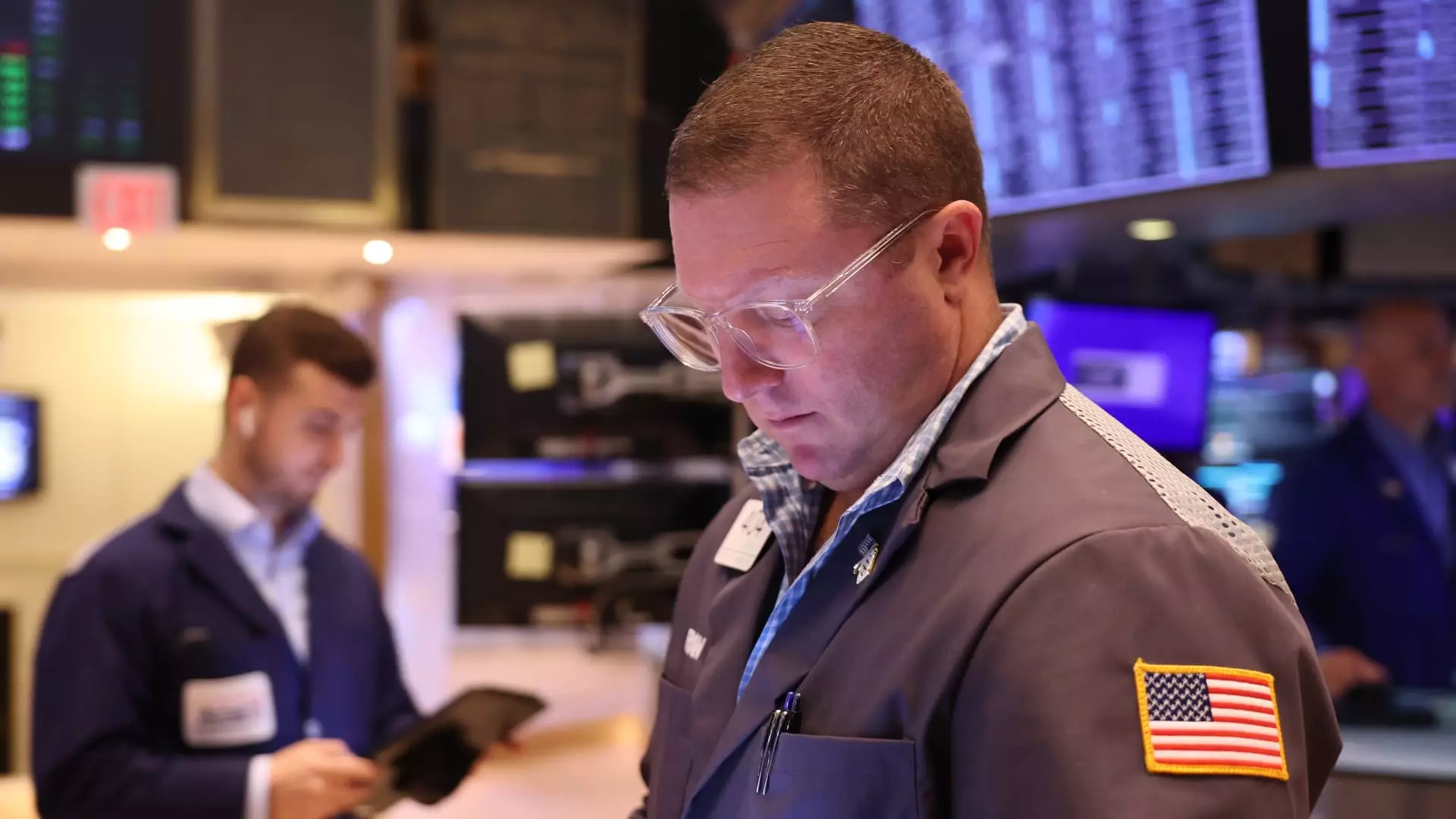When analyzing the current stock trends in the retail industry, it is evident that there have been mixed performances. While Target and TJX experienced significant boosts in their stock prices, with TJX seeing a 6% increase and Target skyrocketing by 11%, Macy’s faced a downturn of nearly 13% during Wednesday’s session. This indicates a shift in consumer behavior, with the Great American Consumer displaying more caution in their spending habits. Additionally, Kimco and Simon Property Group both saw modest increases of over 1% on Wednesday, reflecting a sense of stability in the mall real estate investment trust sector.
The looming threat of a possible rail strike in Canada has had a tangible effect on the stocks of Canadian National Railway, Canadian Pacific Kansas City, Norfolk Southern, Union Pacific, and CSX. These companies are all at varying distances from their respective highs earlier in the year, with some experiencing notable declines in their stock values over time. The uncertainties surrounding the rail strike pose a risk to the overall performance of these stocks.
In the energy sector, Exxon Mobil has shown a positive growth of approximately 14% in 2024, whereas Chevron has seen a decline of 2.6% during the same period. These contrasting performances highlight the volatility and unpredictability of the energy market. Moreover, the S&P 500 energy sector has displayed a 5.7% increase this year, with fluctuating oil prices impacting the overall sector’s stability.
The prospect of a new round of infrastructure spending has captured the attention of investors, particularly in the materials sector. Companies like Vulcan Materials, Martin Marietta, Emerson Electric, Mosaic, and Freeport-McMoRan are closely monitoring these developments as they navigate through the market fluctuations. The recent performance of these stocks reflects the sector’s resilience amidst changing economic landscapes.
As the election season approaches, local TV operators like Gray Television, Tegna, and E.W. Scripps are gearing up for increased political ad spending. However, recent stock trends show varying degrees of decline for these companies, with E.W. Scripps plummeting by 73% in 2024. This indicates the challenges faced by media operators in capitalizing on political advertising revenues amid shifting consumer preferences and market dynamics.
Amidst the rise of e-commerce giants like Peloton Interactive and Alibaba, there have been fluctuations in their stock performances. Peloton Interactive has witnessed a remarkable 40% drop from its 52-week high, while Alibaba is down 3% in the past three months. These contrasting trends shed light on the competitive landscape of the e-commerce industry and the challenges faced by market players in sustaining growth and profitability.
The emergence of new players like Cava, a restaurant chain that went public recently, has garnered attention in the market. With a 31.5% increase in stock value in the past three months, Cava’s successful debut reflects investor optimism and market demand for innovative food concepts. Similarly, HR cloud software company’s journey, marked by a 10% decline in stock value over three months, indicates the challenges faced by tech firms in an evolving market landscape.
The critical analysis of stock trends and market outlook reveals the complex interplay of factors influencing stock performances across various sectors. From retail and energy to tech and media, each industry faces unique challenges and opportunities that shape investor sentiments and market dynamics. As investors navigate through these turbulent times, a nuanced understanding of the market trends and a proactive approach to risk management is essential for sustaining growth and profitability in the ever-changing stock market environment.

